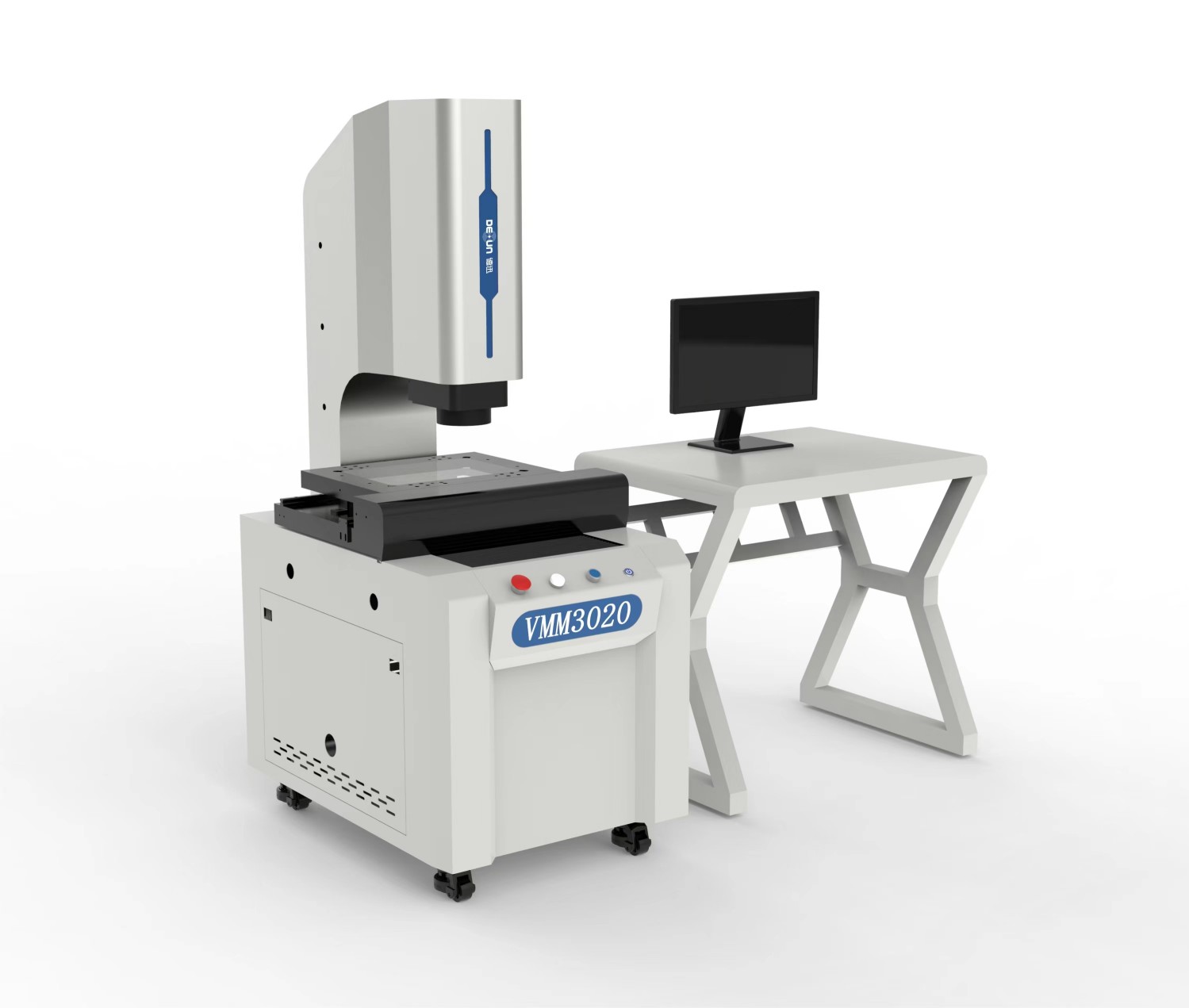Summer is the peak season for fish growth, making it a critical time for aquaculture management. Due to higher water temperatures, increased feed input, and faster metabolic rates in farmed fish, ponds during this season are more prone to disease outbreaks and water quality issues. Therefore, maintaining good water quality is essential for successful summer fish farming.
One of the most effective ways to improve water quality is through the use of specific treatments. The first method involves using quicklime, which helps adjust pH levels, reduce toxic gases, and inhibit harmful bacterial growth. Fresh quicklime should be applied at a rate of 15–20 kg per mu when the water depth is about one meter. It should be mixed into slurry and evenly distributed across the pond every 20–30 days. Another option is photosynthetic bacteria products, which help keep the water clear, lively, and cool. These bacteria can also reduce floating heads and prevent bacterial diseases while improving digestion and immunity in fish. They should be used once every 20 days, and applied evenly throughout the pond.
Aerator usage is another key practice. During sunny afternoons, typically between 2–3 pm, it's best to run aerators to promote water circulation, increase dissolved oxygen, and release harmful gases. On hot or rainy days, avoid running them in the evening. When the weather is hot, extend the aeration time in the afternoon and shorten it at noon. Conversely, on cooler days, reduce aeration during the day and increase it at night.
Adding fresh water is crucial for maintaining a healthy environment. This process increases oxygen and nutrients, flushes out organic matter and toxins, and restores the balance of the pond’s ecosystem. Water should be changed every 10–15 days, with each addition accounting for about one-third of the total pond volume. If the water quality deteriorates significantly, remove one-third of the old water and replace it with new water. It's best to perform this task before 2–3 pm on a sunny afternoon, as adding water in the evening may cause temperature stratification and lead to oxygen depletion in fish.
Bottom mixing is also important to prevent the buildup of harmful substances. This involves loosening the sediment and promoting the breakdown of organic matter. Methods include manually stirring the bottom with long tools, pulling ropes from the shore like a net, or introducing bottom-dwelling fish species. This should be done 1–2 times a week, preferably on clear, windy days to avoid disturbing the fish unnecessarily.
Feeding management is vital during summer, as fish require more food to support their rapid growth. Feed should be provided in sufficient amounts so that all fish can eat within two hours. Overfeeding should be avoided to prevent waste and water pollution. Additionally, small amounts of top dressing fertilizer can be added based on the pond’s clarity. Fertilizers such as manure, green manure, or chemical fertilizers can be used, with recommendations of 200 kg of manure, 300 kg of green manure, or 2 kg of urea per mu every 10 days. A balanced ratio of nitrogen to phosphorus (1:2) should be maintained to ensure optimal water quality.
One-click Splicing Measuring Machine
Instrument Introduction
1. Ultra large field of view, no distortion, fully automatic, and high-precision.
2. Simply place the workpiece in the effective measurement area and lightly press a button to instantly measure all two-dimensional dimensions.
3. Any workpiece can be placed and multiple measured objects can be recognized simultaneously.
4. Any tedious measurement task becomes incredibly simple.

One-click Splicing Measuring Machine,One Button Flash Test Splicing,Video Measurement Splicing Instrument ,Measurement Splicing Instrument,Batch Detector
Zhejiang dexun instrument technology co., ltd , https://www.dexunmeasuring.com